Traveling in Pakistan is a great experience but is not without its challenges, be it adapting to the conservative culture or the varied climate. However Lahore, Islamabad and Gilgit-Baltistan are easy enough to travel independently. People in Pakistan are generally warm, friendly and respectful towards foreigners, but there are some things that are worth keeping in mind to ensure a hassle-free visit. Here are some top tips and practical observations for travelers in Pakistan based on our own experiences in these parts of the country.
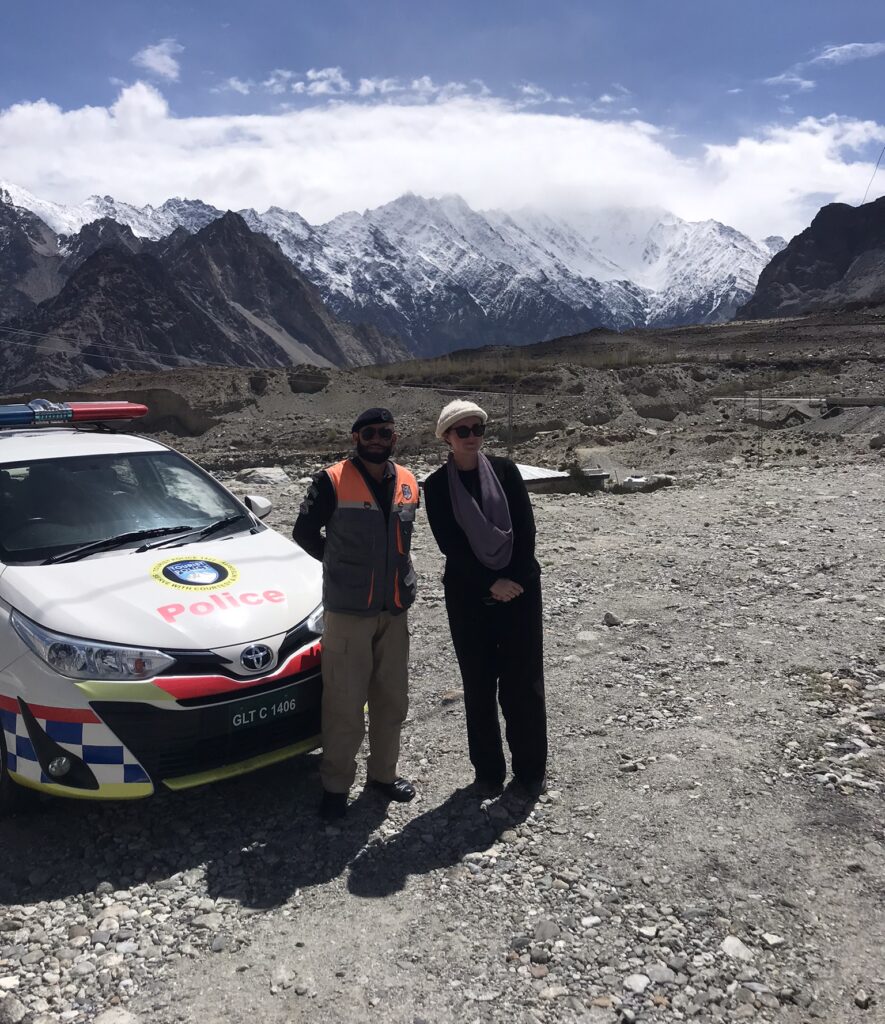
Clothing
The majority of men in Pakistan wear the traditional salwar kameez whilst the women also wear a form of salwar kameez; long, shapeless gowns with trousers underneath. Some men also wear western-style clothes, although this is more rare for women. As a man, I would recommend wearing trousers and a t-shirt or long-sleeved top. As a woman, you should cover up your arms to the wrist and legs to the ankles. I would suggest loose-fitting clothes, as tight-fitting clothes attract more attention – ergo less successful blending in.
I didn’t cover my hair in Lahore, Islamabad and Gilgit-Baltistan (with the exception of mosques) and didn’t face any issues but it’s a personal choice. The majority of local women do cover their hair although we spotted a few women in Lahore and Islamabad who didn’t adhere to this. In other parts of Pakistan, the situation may be different so it’s best to check with locals beforehand/when you arrive.
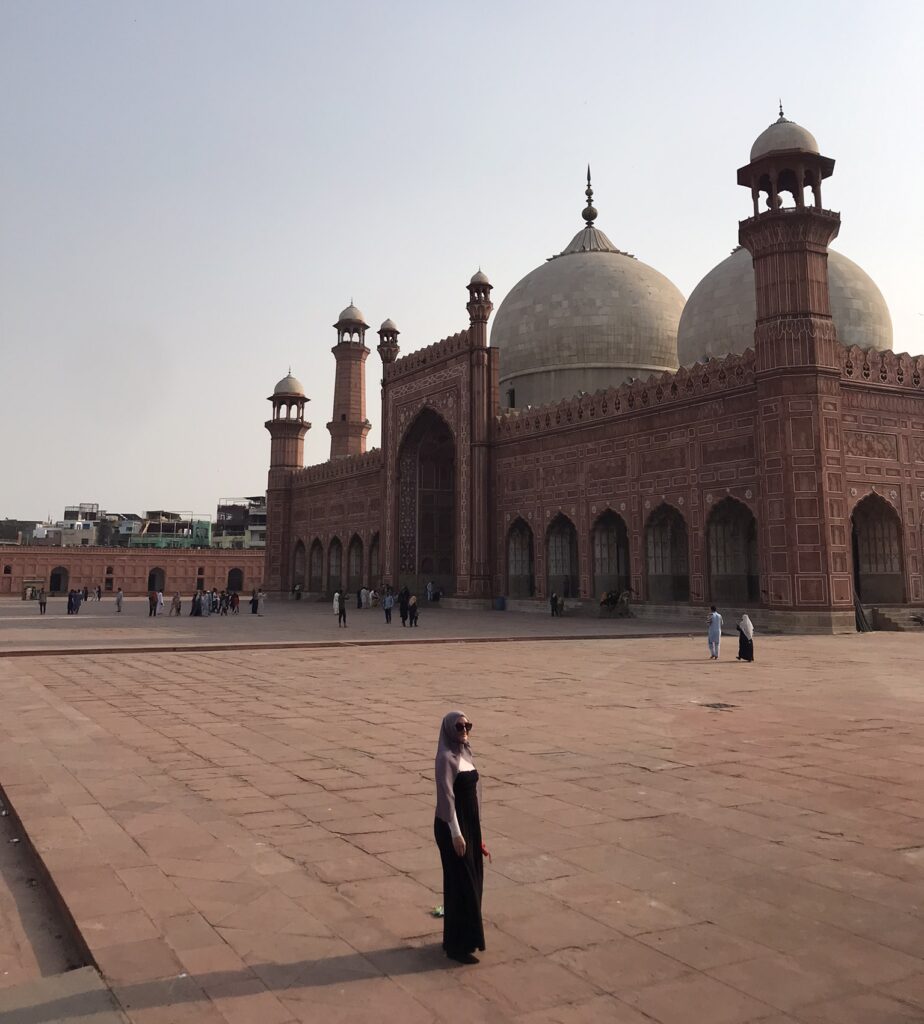
One place that women definitely will need to cover their hair is in mosques and religious buildings
Religion
Even if you are not religious, do not claim to be an atheist. Pakistan is a very conservative Islamic country and blasphemy in Pakistan is punishable by death. Although you are unlikely to face the death penalty, atheism is considered to be an insult to Islam so is unlikely to go down well with locals. If you are a western visitor from a traditionally Christian country, describing yourselves as Christian is a good way to go. We found that people were surprisingly welcoming and respectful when we did. It is very important to be respectful to Islam and adhere to local customs – if you do so, you will be accepted even as a non-Muslim.
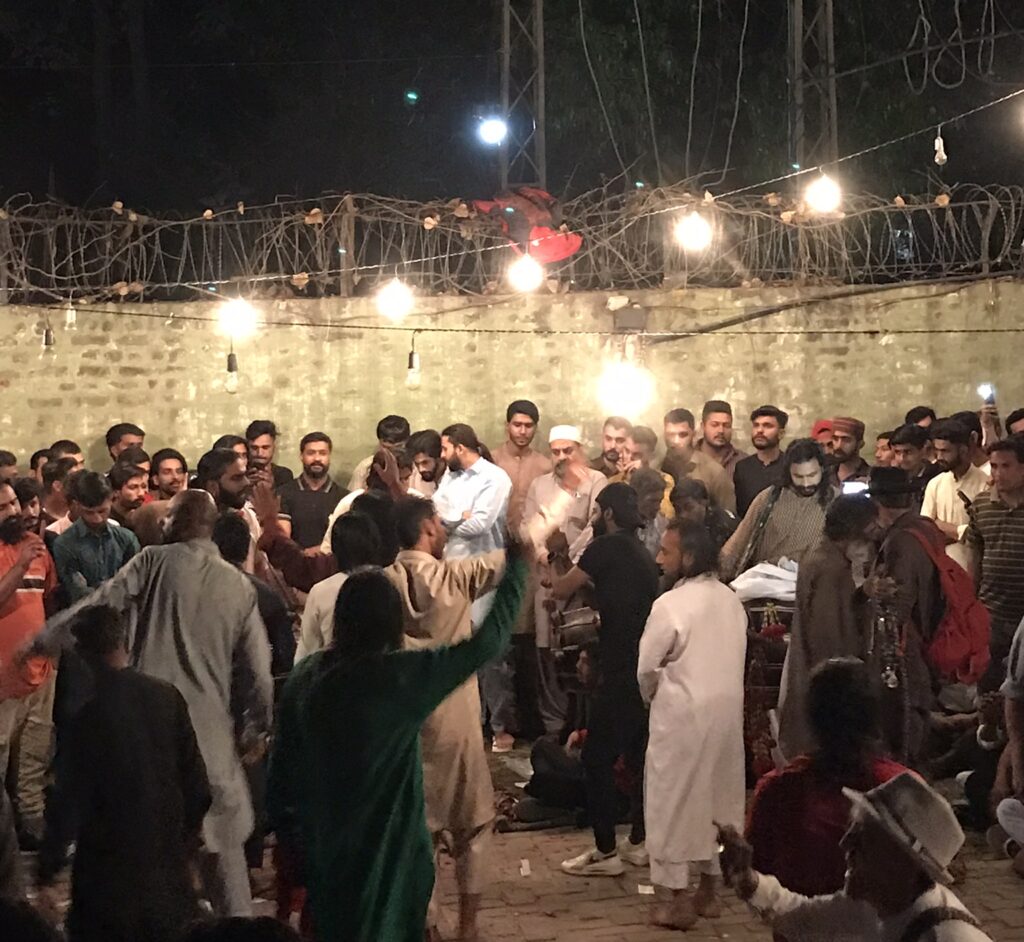
Mosques and religious sites, like the Shrine of Shah Jamal, will be accepting of non-Muslims who are respectful
Travelling as an unmarried couple? It’s best to say that you are married. People were confused when we said we were married but that we didn’t have any children – I think people were trying to work out how that was possible! Many hotels ban unmarried couples – foreign couples will usually not be challenged or asked for proof of marriage, however we did encounter one hotel which enforced this policy for foreign couples as well. I can’t really speak for the experience of unaccompanied women or solo female travelers in Pakistan as I didn’t go outside without Dan during our time in the country.
Traveling during Ramadan may be quite a challenge as it is strictly adhered to in Pakistan. During the fasting period, being seen to be eating or drinking in public is forbidden even for non-Muslims. Although traveling during Ramadan may be an interesting experience in some respects (especially the Iftar meals), we chose to slightly delay our trip to Pakistan to ensure that we didn’t coincide with Ramadan as the thought of not being able to drink water during the day in the hot conditions was a little too much.
Transport and logistics
Withdrawing money can be a challenge in Pakistan. There are literally dozens and dozens of different banks, but from our experience few ATMs would accept international cards. After a lot of trial and error, we found that Alfalah and MCB were two banks that did always accept our UK-issued Mastercards.
We were surprised at how often we were able to pay for things on card in Pakistan, however cash is still king and if like us you’re struggling to find many ATMs that work then it may be best to withdraw cash in bulk once you do find one, especially if you’re traveling to a more remote region. Running out of cash was always a little bit of a worry for us, luckily Alfalah and MCB ATMs are quite common and we were able to find them in almost every city we visited.
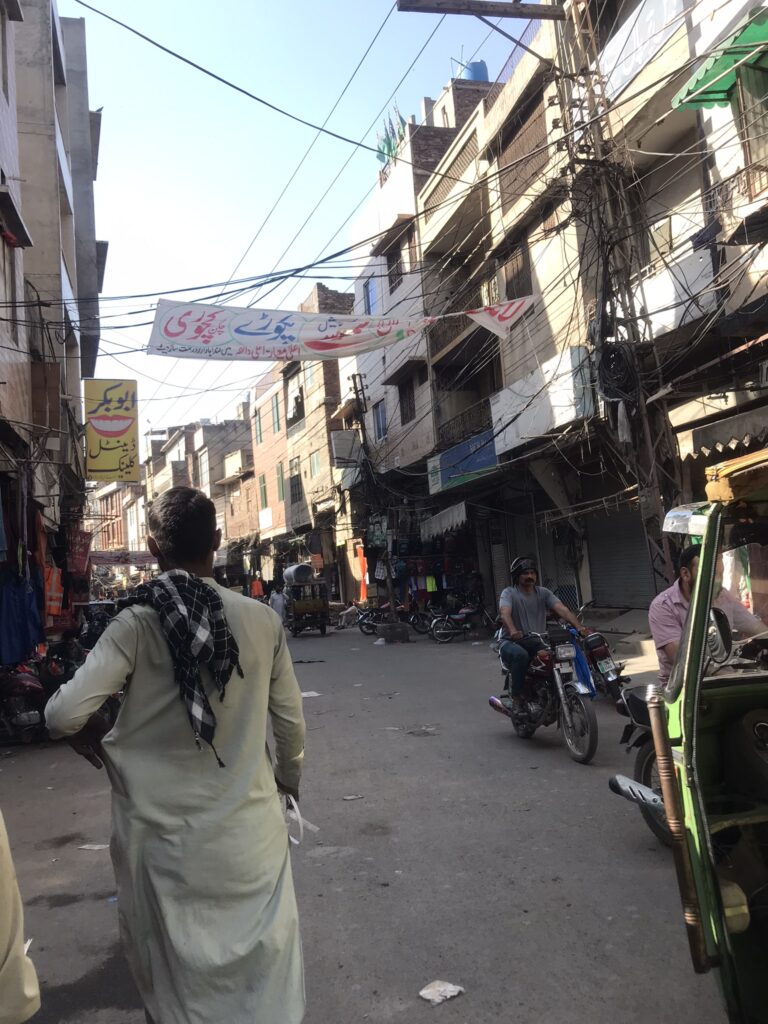
MCB, one of the only banks that accepted our foreign cards, is thankfully quite common – look for the blue signs
Uber doesn’t work in Pakistan, however in the major cities the InDrive app is a lifesaver. InDrive is used ubiquitously by locals in the big cities in Pakistan, everyone we spoke to swore by it and in the end we could see why. We actually prefer InDrive to other similar apps like Yandex or Uber. It works in a similar way however there is far more flexibility.
Instead of a predetermined fare for the journey, InDrive offers you the option to set your own fare offer (providing a suggestion of a minimum fare which you can increase) and then also gives you the ability to select your own driver based on their rating. If you offer slightly more money, you have more chance of getting a better driver.
From experience, after accepting our ride the drivers usually wanted to call us to confirm the pickup location, but this wasn’t a problem as the drivers usually spoke decent English and it’s possible to communicate and even make wifi calls to them via the app. Payment to the driver can then be made in cash. Honestly, I can’t recommend InDrive highly enough. All of our experiences were positive, we were able to get reliable, top-rated drivers every time and it made getting around the big cities so much easier.
The major cities in Pakistan are well-linked by bus. We found that the journey between Islamabad and Lahore with the company Faisal Movers was one of the best bus experiences we have ever had in any country. In other regions like Gilgit-Baltistan, public transport is more limited and you may be reliant on minivans and shared taxis. Check out my guide to transport in Gilgit-Baltistan here!
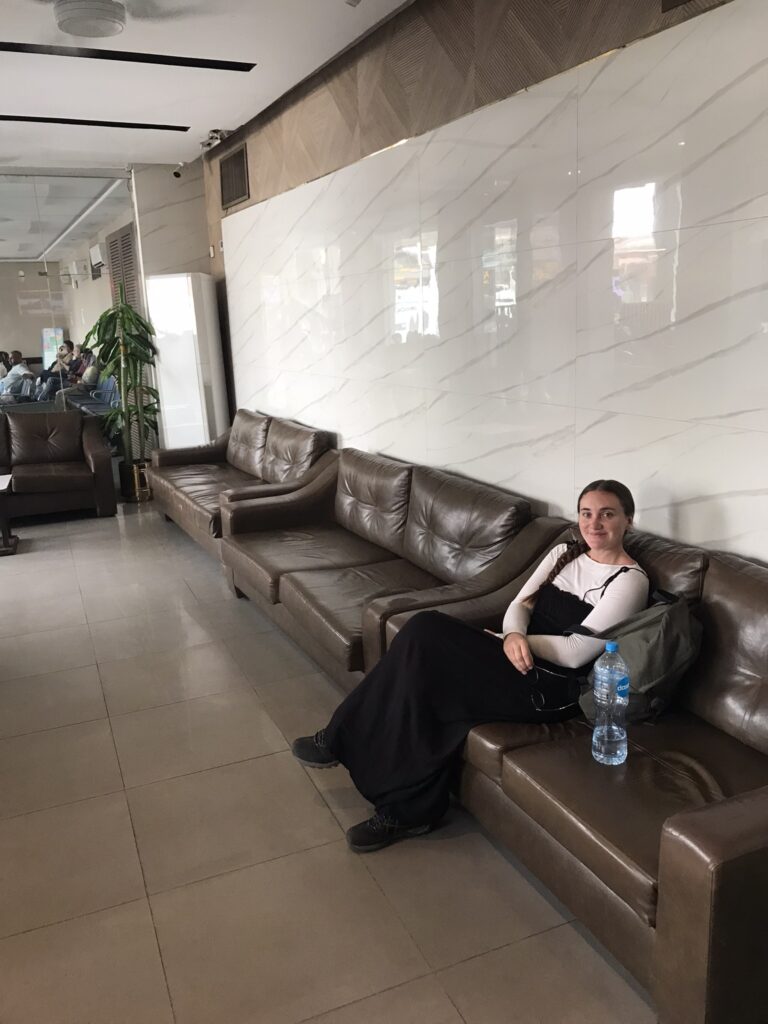
We enjoyed the business-class executive lounge provided by Faisal Movers – a very professional company
Consider the best time of the year to visit Pakistan based on your interests. The country has a climate which varies dramatically by region, meaning that there is no best time to see all of the country. We visited in early to mid April – Lahore was almost unbearably hot, but Gilgit-Baltistan was a lovely temperature and mostly free of the crowds that descend in the summer months.
Be aware that the tips I’m providing only apply to Lahore, Islamabad and Gilgit-Baltistan – other parts of Pakistan can be far more conservative and culturally sensitive. If you want to visit these regions, make sure you’re prepared!
For my Giglit-Baltistan transport tips click here, and for my guide to crossing the Wagah border from India, click here! For more Pakistan content, click here!
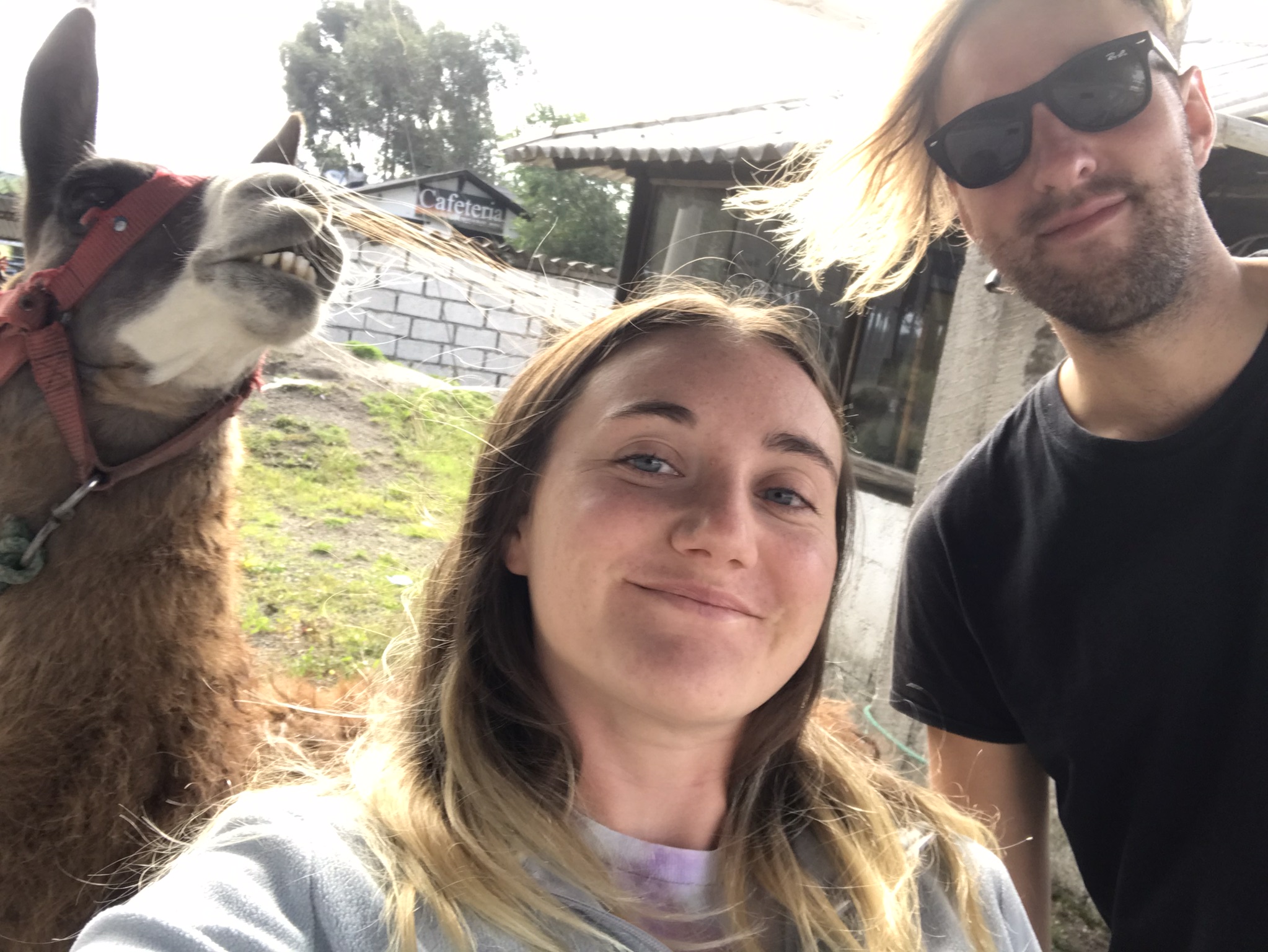
Leave a Reply